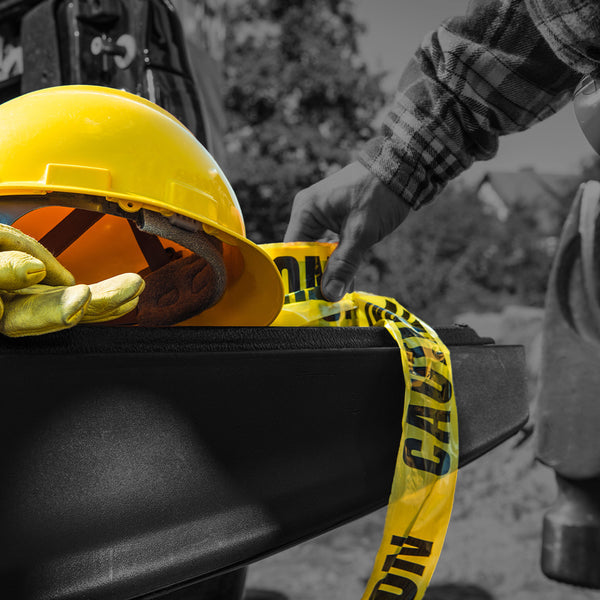
How to Get Your Workforce to Connect with Safety
Organizations that value safety will experience fewer accidents, happier employees, increased productivity, and lower medical, insurance, and management costs. Unfortunately, even with all these benefits, some companies still view safety as a barrier to productivity and profitability.
How employees feel about safety often reflects their management's attitudes, beliefs, and actions on the subject. If an employee's boss doesn't see the value of safety, why should they? That's why shifting culture must start at the top, and here at OLFA safety is at the core of our manufacturing processes as well as daily management activities. But creating a connection between employees and safety can be hard.
Here are a few steps management can start implementing to boost employee safety buy-in.
Speak to their values
Successful safety professionals understand that to get someone to connect with safety, they must speak to the individual's values, needs, and priorities. Unfortunately, many don’t succeed because they sell safety with statistics and sad stories, but never identify what the person truly cares about.
For example, many management decisions are shaped by profits and losses. Therefore, to sell safety to leaders effectively, you must position safety not just as a moral obligation but as an intelligent business choice that will help them meet their financial goals.

Show the cost of safety
Management is not the only one that thinks about money. Many intelligent, hard-working people try to do what they believe is best for the company. Unfortunately, this can result in employees pushing safety limits. They may think that any reduction in cost or increase in productivity is worth the risk, but they too need to understand how their actions can have devastating physical and financial consequences for them and the company.
Explaining how much accidents and injuries cost to companies and employees can be a real eye-opener for people. Describe how even seemingly minor accidents can cost organizations thousands of dollars, while serious injuries can be hundreds of thousands in direct and indirect costs. Some might think they are helping by taking more risks when, in fact, they are putting themselves and the organization in jeopardy.
For example, a worker may think they are saving the company money by working with a broken ladder that needs replacing. However, while continuing to use the ladder may save the company a few hundred dollars, an injury caused by the employee falling will be much more expensive. Productivity and cost saving are important, but never at the expense of safety.
Lead by example
Employees can see when safety is truly a priority and when it is just empty words. Management needs to lead by example. If a rule applies to one, it applies to everyone. Always be aware of the perception of safety. Managers who expect their workers to wear Personal Protective Equipment but don't wear their own are a great example. Their words don't match their actions.

Provide training
Knowledge is power, and employee non-compliance with regulations or procedures may not be a conscious choice but a lack of training. You can't protect yourself from something you can't see, and we often need someone to point out a hazard before we notice it.
Unfortunately, many organizations publish a safety manual that no one reads and expect everyone to follow. If you never train your workers on how to identify hazards and keep themselves safe, it shouldn't be a surprise when they get hurt or don't follow the rules. Give your people the knowledge to keep themselves and their coworkers safe.
Build trust
Few things will sour an employee on safety faster than being punished for reporting an accident, hazard, or non-compliance. Therefore, companies must treat accident and injury investigations as a learning opportunity, not as a chance to place blame. Also, when employees see their company take a positive, proactive approach toward safety, they are more likely to participate in the process instead of avoiding it out of fear.
Get them involved
Finally, get employees involved in safety to build ownership of the process by encouraging them to bring safety concerns forward. Facilitate group discussions to identify possible resolutions and then implement the best solutions. Employees who see that their suggestions are taken seriously are more likely to identify risks and solutions in the future and start to view safety as a shared responsibility.
How OLFA Can Help
While different departments will focus on different aspects of safety, understanding the safety needs of each employee is what matters for the long haul. The tips mentioned above can help you keep safety at the forefront of the workplace for the good of the entire team.
Unsure about the appropriate equipment to use at work? Don’t know if the current tools are right for the job?
Register for a free OLFA Safety Evaluation, where one of our OLFA Safety Specialist will recommend the right cutting solutions for your workplace, including product samples and training.



